Jon and Janna Janzen stood in front of St. Michael’s Residential School in Alert Bay, B.C., in February and they say they felt darkness in its presence. During the half-century its door were open, it was the largest residential school operated by the Anglican Church of Canada, charged with “taking the Indian out of the child.” Survivors say it is haunted and pray for the day it would be demolished.
“The whole building does feel pretty ominous and creepy,” Janna recalls. “It’s one of the first things that you see when you take the ferry into the bay. For that reason, many survivors didn’t want to come back.”
“The building itself is a lot more than a symbol,” Jon says. “Everybody who lays eyes on the red brick building knows it’s a bad place. You just know it’s a painful place without having to be told any of the stories.”
Just a few weeks ago, prayers were answered and the demolition process began at St. Michael’s. The Janzens were there for it, and for the celebrations that took place in the community.
Jon, 30, and Janna, 26, hail from Vancouver and attend First United Mennonite Church there. They decided to make the trip to Alert Bay with their two-year-old daughter, Taza, for several reasons. “I wanted to bring Janna and Taza to see where I grew up,” says Jon of one of them.
Going up to Alert Bay
Jon grew up in Port Hardy, B.C., with strong ties to the Gwa’Sala-‘Nakwaxda’XW Sda First Nation on Vancouver Island. His father Art worked for the first nation and was named during the family’s time there.
At a young age Jon developed a passion for languages, including those spoken on the reserves in his hometown. Now, more than 15 years later, he’s studying linguistics in a graduate program at the University of British Columbia. He is doing his thesis on the Kwak’wala language, which is the native tongue of the Kwakwaka’wakw people from the northern Vancouver Island region and the same language spoken in the Port Hardy area. There are fewer than 200 fluent speakers of this language.
Jon says he feels called to linguistics not with aspirations of becoming wealthy, but to do his part to help people rebuild their fractured identities through language.
“Helping to document and revitalize one of these languages isn’t just important for posterity’s sake,” he says. “It’s important for people whose hereditary language this is. With the language they become more rooted in their own identity. They just feel more whole.”
Jon, Janna and Taza drove to Alert Bay along with Jon’s language teacher, Ruby Dawson-Cranmer, so she could see St. Michael’s demolished. Jon has studied with Dawson-Cranmer for more than six years, but had never heard her speak Kwak’wala with another fluent speaker, that is, until the trip to Alert Bay.
Jon’s research requires hearing people converse naturally with one another in Kwak’wala, which can be challenging to find with so few speakers. But there he heard Dawson-Cranmer and her sister speak in their native tongue.
‘We are richly blessed’
Years ago, Dawson-Cranmer and her sister attended St. Michael’s together. Janna says she was told that students were forbidden to speak their native language there and suffered other abuses too.
“It was intentional murder of the language,” she says. “They were restricted from speaking their language except on Sundays and far away from the church.”
Jon couldn’t believe how open the people of Alert Bay were to his research. After Christians tried to kill their culture and language through the residential school system, there he was, another white Christian handling their language. “I’m astounded by how easy it is for survivors to be okay with a Christian coming in and messing around with their language,” he says. “They seemed to know my heart and my intentions.”
“They can tell you’re not doing it for academic pride,” Janna tells him.
During their time on Vancouver Island, the couple say they saw the community’s resilience in spite of the abuses they faced in the past. Before the demolition began, the community gathered together for cultural ceremonies and celebrations.
“The overall theme was, ‘They tried to take our language and our culture, but we are richly blessed, we have our elders here, we have our children,’ ” Janna says. “It was such a positive outlook to the entire event. The answer was love and forgiveness, and to invest in traditions and perpetuate them.”
St. Michael’s isn’t fully demolished yet. It was made with asbestos and is costly to bring down. The couple think the community will likely gather together again when the last piece is knocked down.
“Hopefully when it’s all gone, that won’t be such a barrier to people going there,” Janna concludes.


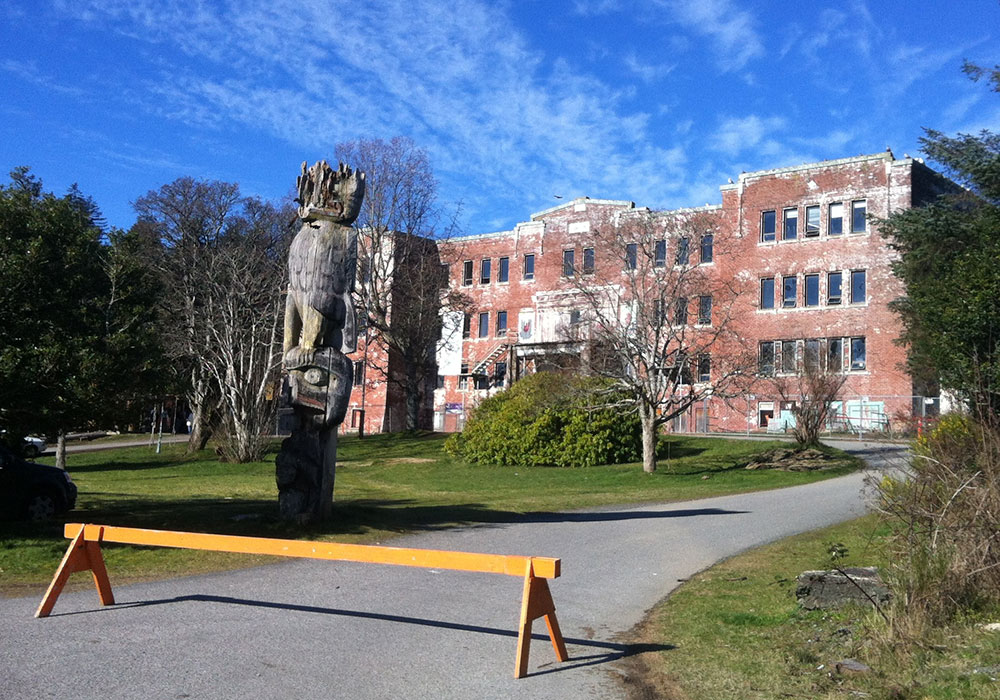

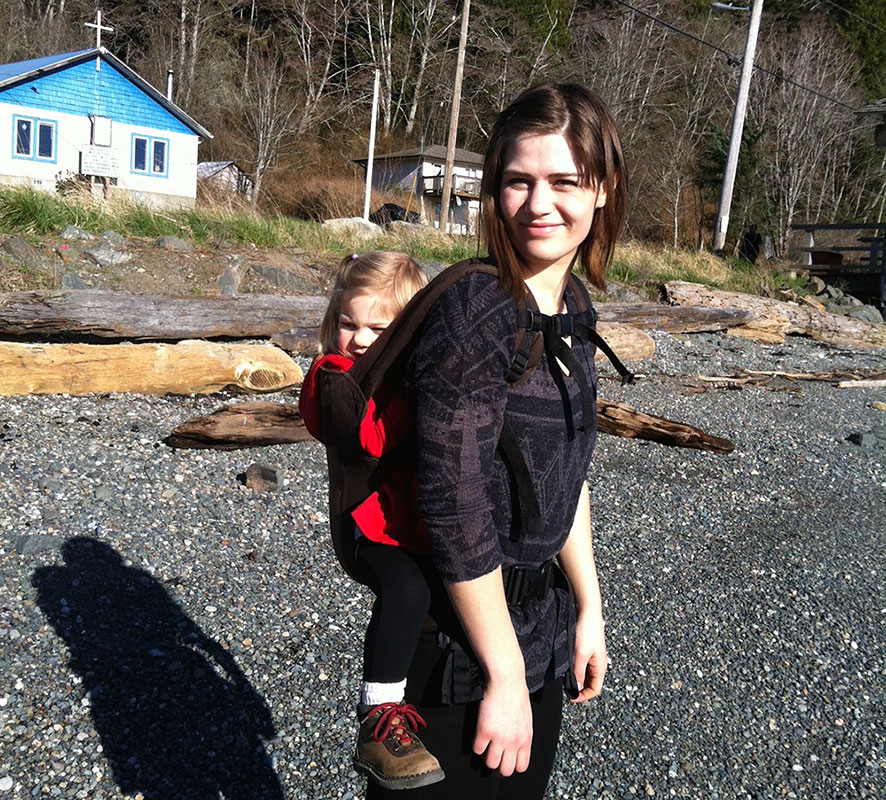
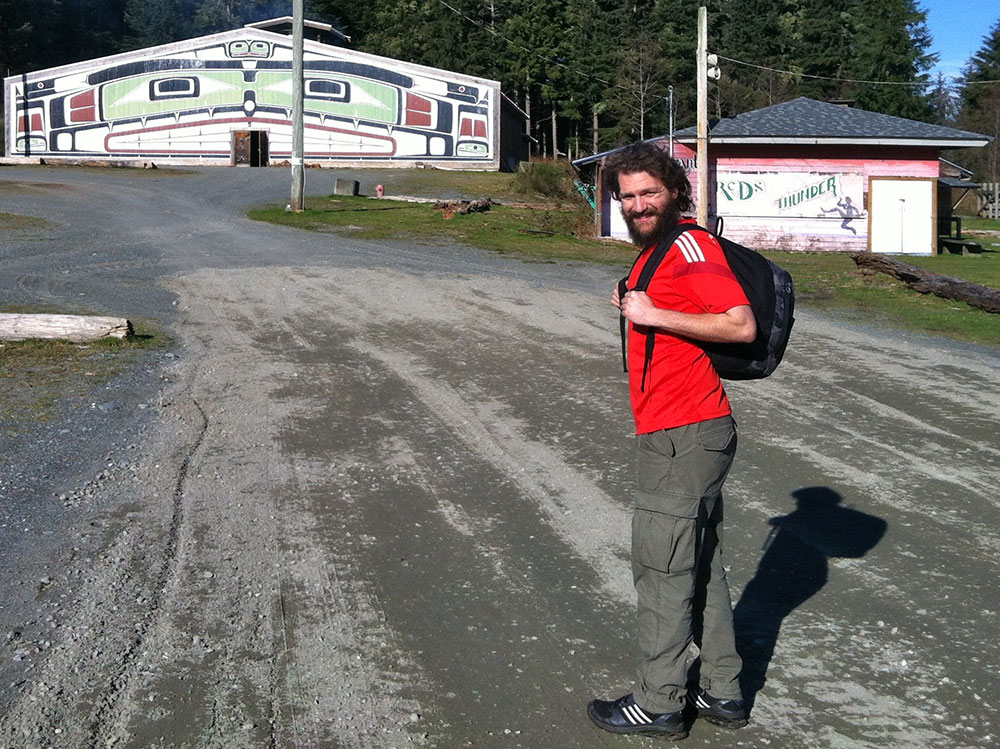
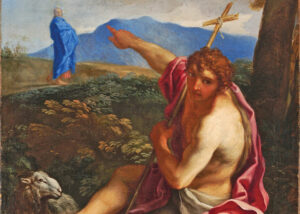
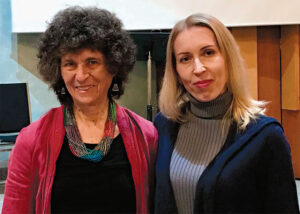
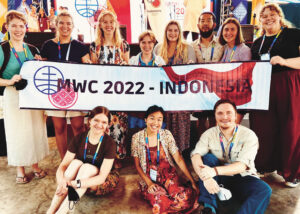

Leave a Reply
You must be logged in to post a comment.